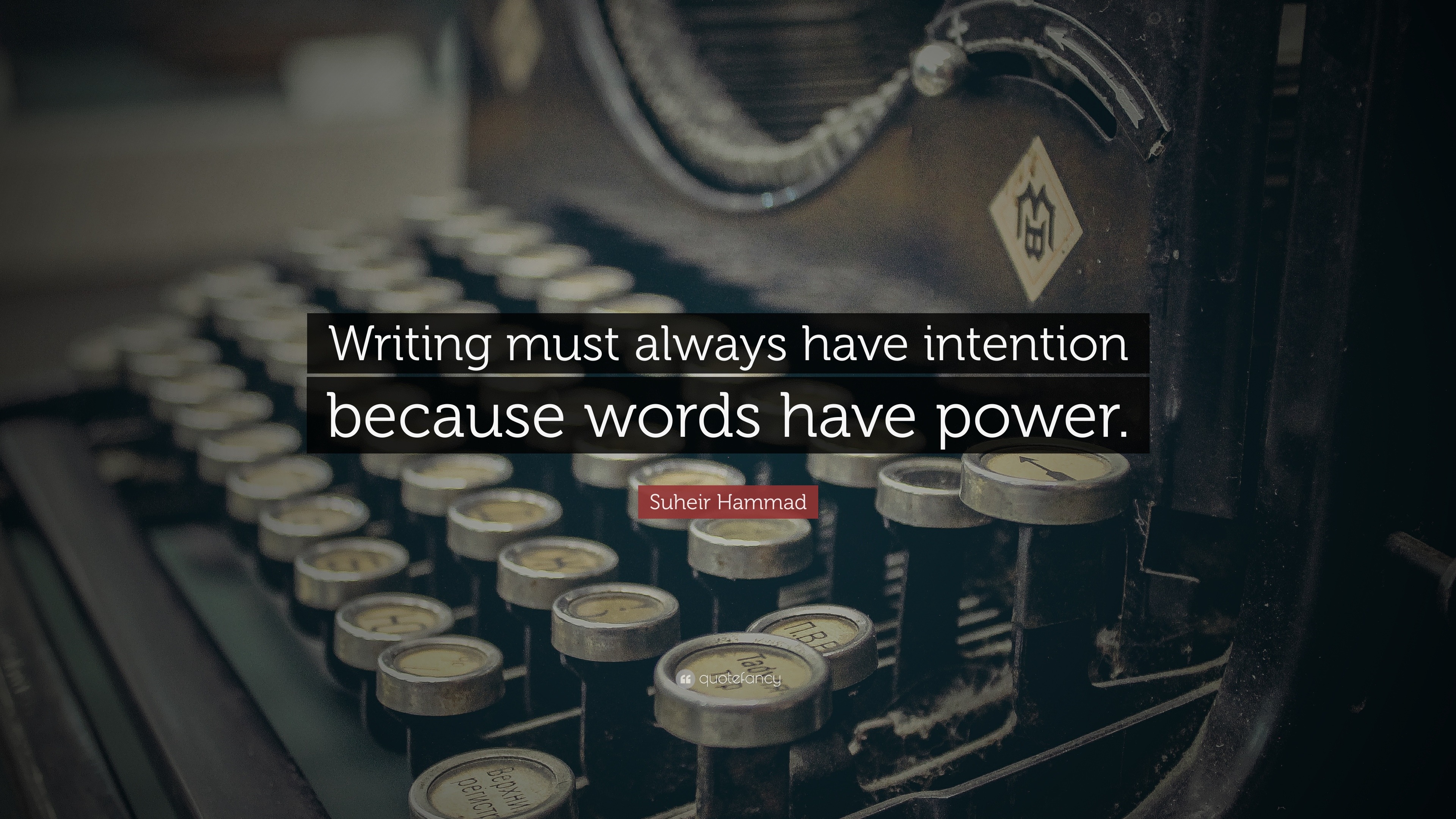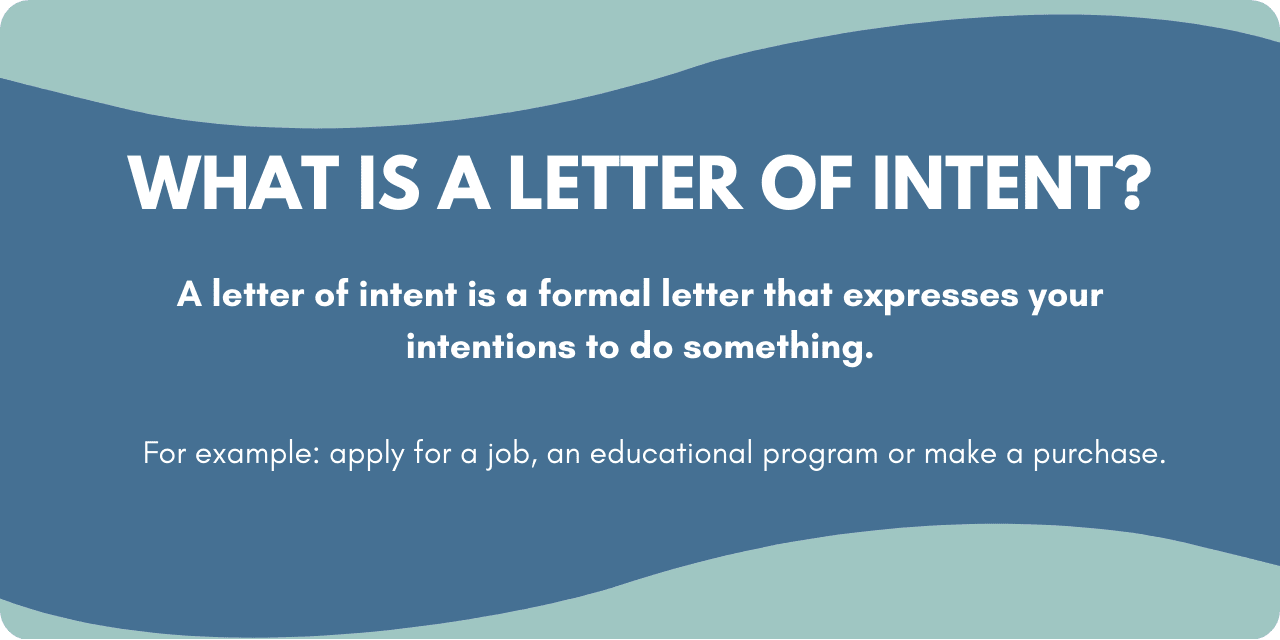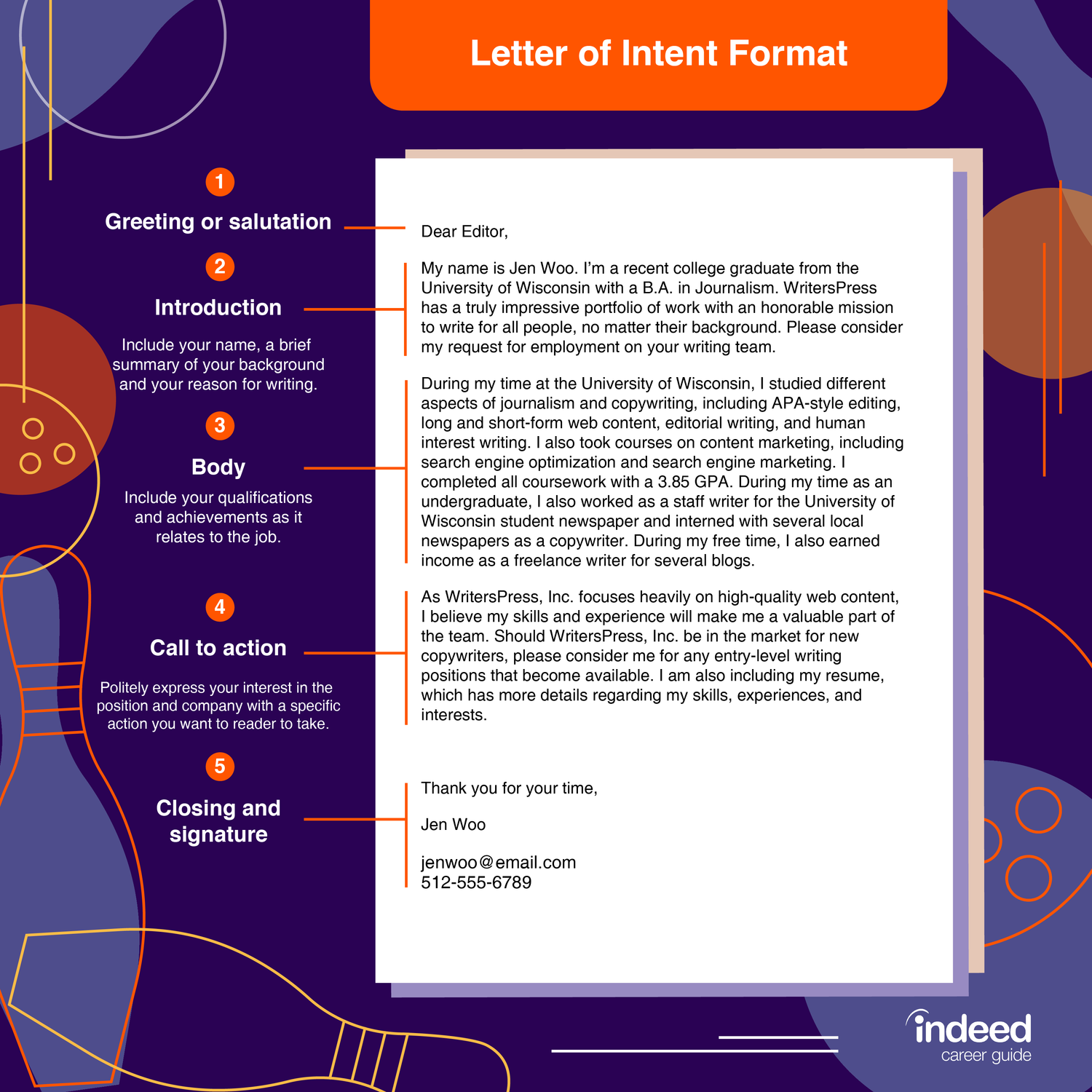When Writing Is Contact Focused Its Intention Is To

Imagine a quiet corner in a bustling library, sunlight streaming through the tall windows, illuminating dust motes dancing in the air. A student sits hunched over a notebook, brow furrowed in concentration, not just stringing words together, but crafting a message intended to resonate deeply with another human being. The pen glides across the paper, each stroke imbued with empathy and understanding.
At its core, when writing is contact focused, its primary intention is to foster connection, build understanding, and nurture relationships. It transcends mere information transfer, aiming to create a bridge between the writer and the reader through shared experiences and emotional resonance. This approach prioritizes the audience and their needs above all else.
The Evolution of Contact-Focused Writing
The concept of contact-focused writing isn’t new, though it has gained renewed significance in our digitally connected world. Its roots can be traced back to ancient rhetorical traditions, where persuasion and audience engagement were paramount. Think of eloquent speeches designed to stir the hearts and minds of listeners.
Over time, the rise of mass media and standardized communication often overshadowed the importance of personalized interaction. The focus shifted toward broadcasting information to large audiences rather than cultivating individual connections. But a counter-movement has been growing, recognizing the power and necessity of human connection in writing.
The Digital Age and the Resurgence of Connection
The digital age, ironically, has both hindered and helped contact-focused writing. While social media and instant messaging offer unprecedented opportunities for connection, they can also promote superficial interactions. This has led to a growing awareness of the need for genuine, empathetic communication in the digital sphere.
Consider the rise of personalized email marketing. Instead of generic blast emails, companies are increasingly segmenting their audiences and tailoring messages to individual interests and needs. This demonstrates a tangible shift towards valuing customer relationships over mere transactions.
"Effective communication is 20% what you know and 80% how you feel about what you know." - Jim Rohn
Key Characteristics of Contact-Focused Writing
Several key characteristics define contact-focused writing, differentiating it from more transactional or impersonal forms of communication. Understanding these traits is crucial for anyone aiming to cultivate meaningful connections through their writing.
Empathy and Understanding
Empathy is the cornerstone of contact-focused writing. It involves genuinely understanding the reader's perspective, emotions, and needs. This understanding informs every aspect of the writing process, from topic selection to tone and style.
Writers must strive to see the world through the reader’s eyes, considering their background, experiences, and motivations. This requires active listening and a genuine desire to connect on a human level.
Clarity and Accessibility
While emotional connection is vital, clarity and accessibility are equally important. The message must be easily understood by the intended audience. Jargon, complex sentence structures, and overly technical language can create barriers to understanding and hinder connection.
Contact-focused writing prioritizes clear, concise language that resonates with the reader. It avoids unnecessary complexity and strives for simplicity and directness.
Authenticity and Vulnerability
Readers can often sense when a writer is being disingenuous or inauthentic. Authenticity is crucial for building trust and fostering connection. Writers should strive to present their true selves, sharing their thoughts and experiences with honesty and vulnerability.
This doesn't mean oversharing or being inappropriate, but rather being genuine and transparent in their communication. It’s about allowing the reader to see the person behind the words.
Storytelling and Narrative
Stories have a unique power to connect with people on an emotional level. Contact-focused writing often incorporates storytelling and narrative techniques to engage the reader and make the message more memorable. Sharing personal anecdotes, case studies, or relatable examples can help to illustrate points and create a deeper connection.
Examples of Contact-Focused Writing in Practice
Contact-focused writing manifests in various forms, from personal letters to business communications. Examining specific examples can help to illustrate its practical application.
Personal Letters and Emails
A handwritten letter to a friend expressing heartfelt gratitude is a classic example of contact-focused writing. It prioritizes the relationship and seeks to deepen the connection through personal expression. Similarly, a thoughtful email offering support to a colleague during a difficult time demonstrates empathy and genuine care.
Customer Service Communications
Companies that excel at customer service often employ contact-focused writing in their communications. Instead of relying on generic scripts, they empower their representatives to personalize responses and address individual customer concerns with empathy and understanding. This can transform a negative experience into a positive one and foster brand loyalty.
Grant Proposals and Fundraising Appeals
Effective grant proposals and fundraising appeals utilize contact-focused writing to connect with potential donors on an emotional level. They tell compelling stories about the individuals or communities who will benefit from the funding. Highlighting the impact of their contribution and showcasing the human face of the issue inspires donors to give generously.
The Impact of Contact-Focused Writing
The benefits of contact-focused writing extend far beyond mere communication. It can foster deeper relationships, build trust, and create a sense of community. In a world often characterized by superficial interactions, genuine connection is more valuable than ever.
Organizations that prioritize contact-focused communication often see increased customer loyalty, improved employee engagement, and stronger brand reputation. Individuals who master this skill can build stronger personal relationships and advance their careers.
By shifting our focus from simply conveying information to building genuine connections, we can create a more empathetic, understanding, and compassionate world. It's a reminder that behind every message, there is a human being, both sending and receiving.
As you consider your next writing project, remember the power of connection. Ask yourself: Who is my audience? What are their needs? How can I communicate in a way that resonates with them on a human level? By embracing contact-focused writing, you can unlock the potential to create meaningful and lasting impact.






.png?format=1500w)











